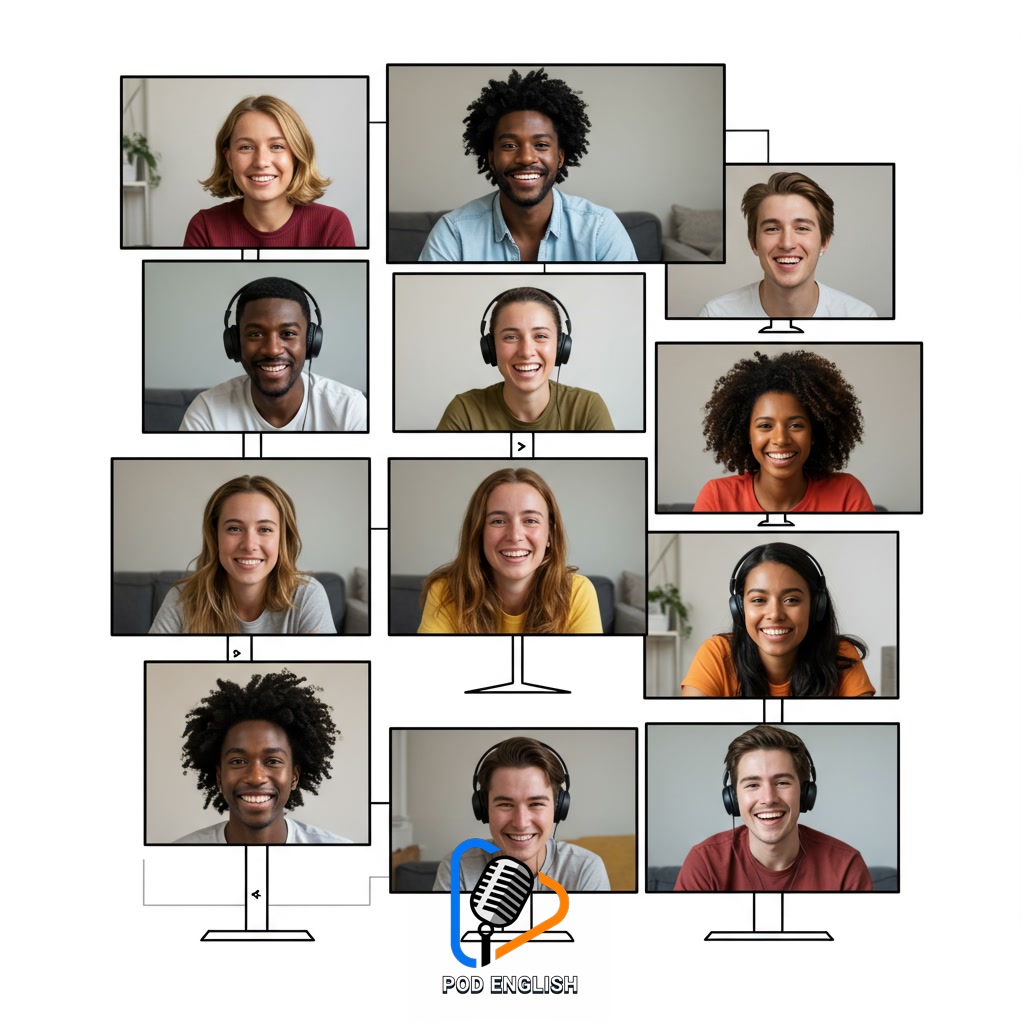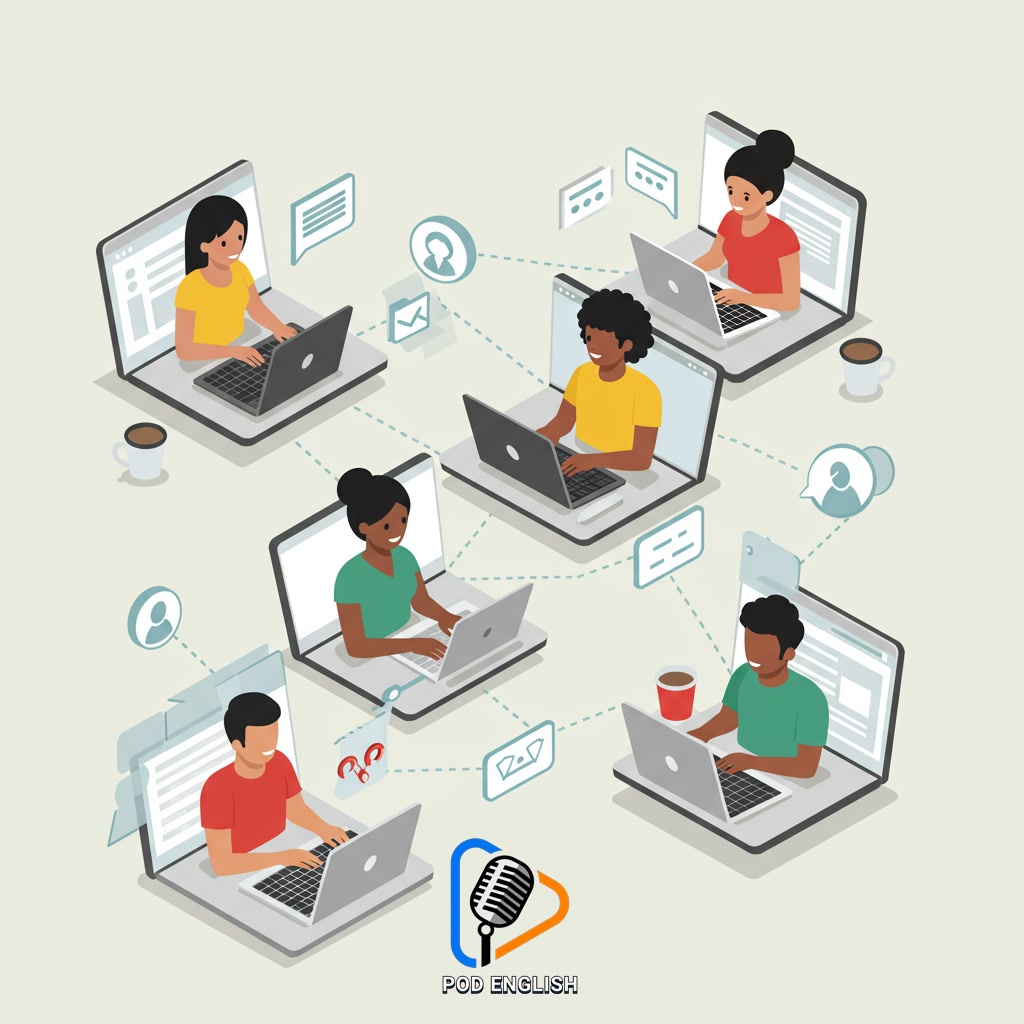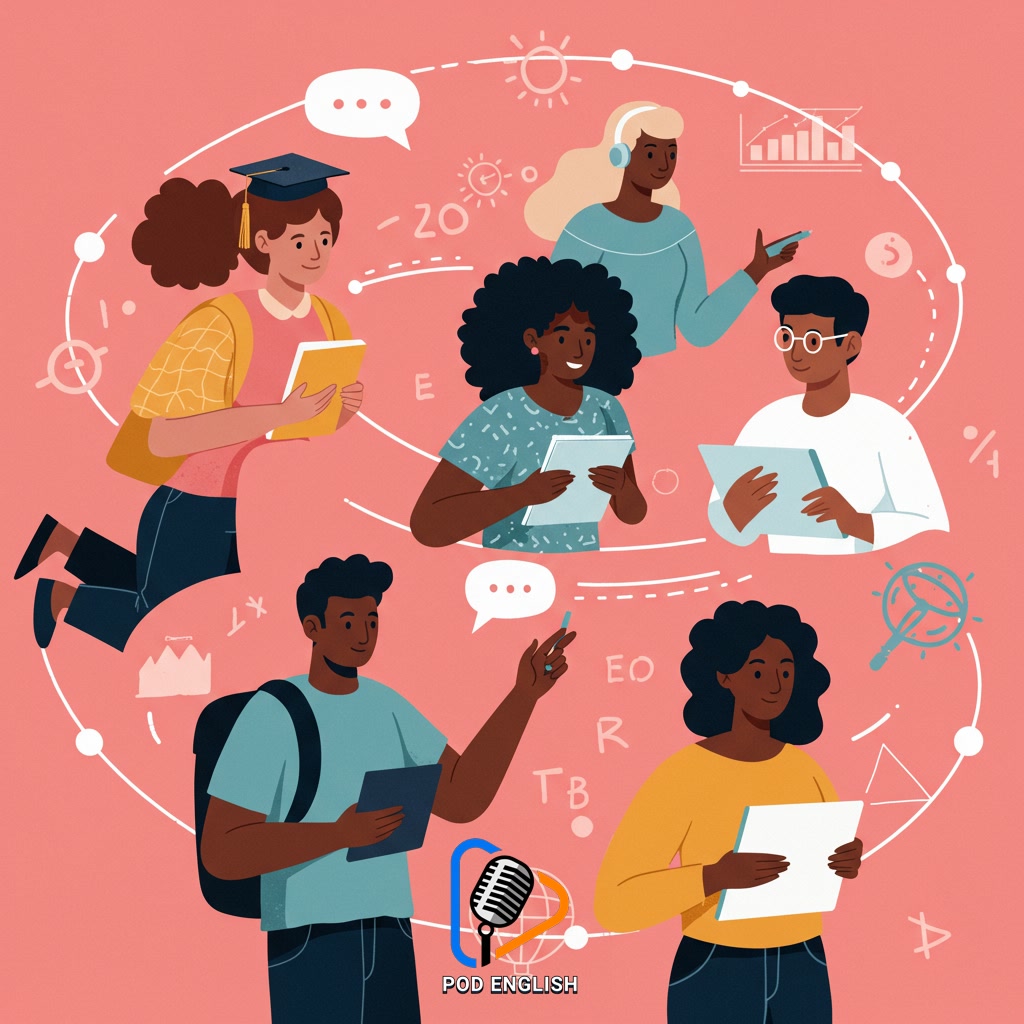Learn English
Boost Your English with Collaborative Tech Tools

This content explores effective strategies for enhancing your English language skills by leveraging collaborative technology tools. It highlights how working with others through digital platforms can provide practical opportunities to practice speaking, writing, and comprehension. Discover innovative methods to actively improve your English proficiency using interactive and shared online resources.
Table of Contents
- Section 1: Introduction: Why Collaborative Tech Tools for English Learning?
- Section 2: Understanding Collaborative Tech Tools in Language Acquisition
- Section 3: Boosting Specific English Skills Through Collaboration
- Section 4: Examples of Effective Collaborative English Learning Tools
- Section 5: Best Practices for Maximizing Collaborative Learning
- Section 6: Conclusion: Embracing Collaboration for English Fluency
Section 1: Introduction: Why Collaborative Tech Tools for English Learning?
Learning English effectively often goes beyond just studying alone. Interacting with others provides crucial practice in real-world communication. Collaborative technology tools offer a dynamic solution, breaking down geographical barriers and connecting learners worldwide. These platforms allow you to practice speaking by joining online conversation groups, improve writing through shared document editing and feedback, and enhance listening and reading skills by engaging with multimedia content together. Unlike traditional methods, collaborative tech makes learning a social activity, boosting motivation and providing immediate opportunities to use new vocabulary and grammar in context. Discover how leveraging these tools can transform your English learning journey into a more engaging and effective experience.

Section 2: Understanding Collaborative Tech Tools in Language Acquisition
Building on the idea that interaction is key, collaborative technology tools are digital platforms designed to help people work together, even when they are not in the same physical location. For English language acquisition, these tools include a wide range of applications such as video conferencing software for speaking practice, shared online documents for collaborative writing and editing, discussion forums for exchanging ideas, and dedicated language exchange apps connecting learners globally. Understanding these tools means recognizing their potential to create authentic communication opportunities. They allow you to practice listening and speaking in real-time conversations, get feedback on your writing from peers, and engage with diverse perspectives, all of which are vital for moving beyond passive study to active language use.

Section 3: Boosting Specific English Skills Through Collaboration
Building on the idea that interaction is key, collaborative technology tools provide targeted ways to enhance specific English skills. For speaking, platforms allowing voice chat or video calls offer real-time practice with partners, overcoming geographical barriers. Writing skills improve through shared documents where peers or instructors can provide instant feedback, or by participating in online forums and chat groups that require written communication. Listening comprehension benefits from joining online discussions, webinars, or even watching and discussing videos together. Reading skills can be sharpened by sharing articles or books and discussing them collaboratively online. Essentially, these tools create dynamic environments for active language use and feedback across all core skills.

Section 4: Examples of Effective Collaborative English Learning Tools
Building on the idea that interaction is key, collaborative technology tools provide targeted ways to enhance specific English skills. Expanding beyond simple voice or video calls, platforms like Google Docs or Microsoft Word Online enable groups to collaboratively write essays, stories, or reports, offering real-time feedback and peer editing practice. Presentation tools such as Google Slides or PowerPoint Online are excellent for preparing and delivering group presentations, boosting speaking and listening skills. Online discussion forums or dedicated language exchange platforms facilitate asynchronous communication and cultural insights. Furthermore, shared digital whiteboards or interactive online exercises allow multiple learners to work on grammar points or vocabulary tasks together simultaneously. These diverse tools create dynamic environments where learners can actively produce language, receive immediate input, and learn from each other in practical contexts.

Section 5: Best Practices for Maximizing Collaborative Learning
Building on the idea that interaction is key, collaborative technology tools provide targeted ways to enhance specific English skills. Expanding beyond simple voice or video calls, platforms like Google Docs, shared whiteboards, or project management tools offer unique opportunities. To truly maximize these tools for learning, establish clear objectives for each collaborative session, whether it’s improving writing fluency, practicing debate skills, or mastering specific vocabulary. Encourage active and balanced participation, ensuring everyone contributes their ideas and receives ample practice time. Provide and seek constructive feedback on language use and communication effectiveness. Utilize features like comment sections for detailed writing critiques or shared screens for interactive speaking practice. Regularly reflect on the collaboration process itself, discussing what strategies worked best and how to improve interaction next time. By adopting these best practices, learners can transform digital collaboration from a passive activity into a powerful engine for English language mastery.

Section 6: Conclusion: Embracing Collaboration for English Fluency
In conclusion, achieving English fluency is significantly accelerated by actively engaging with others, and modern technology provides unprecedented avenues for this essential collaboration. Moving beyond basic communication, the diverse tools available offer structured and dynamic ways to practice writing, speaking, listening, and reading with peers globally. Embracing these platforms transforms learning from a solitary task into a shared journey, providing real-world contexts for language use, immediate feedback, and exposure to varied accents and styles. By consistently leveraging collaborative tech tools, learners can build confidence, overcome hesitation, and integrate English into their daily lives, paving a clearer path towards true fluency and mastery.














